Chinese domestic automakers are becoming a major threat as they gain acceptance around the world with new, low-cost products, Ford CEO Jim Farley warns. But that’s not the only challenge facing Ford and other traditional manufacturers – particularly those in the U.S. There are Trump’s tariffs, for one thing, as well as a shortage of the skilled workers automakers depend on. More from Headlight.News.
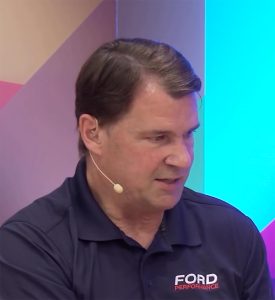
Ford CEO Jim Farley outlined an assortment of challenged facing his company — and the industry as a whole — at the Aspen Ideas Festival.
Five years ago, Chinese domestic automakers exported barely 1 million vehicles. Last year, the number quintupled – and is already gaining more ground this year. But that’s only one of the challenges Ford Motor Co. and its traditional competitors face in the coming years, according to CEO Jim Farley.
Tariffs and a shortage of skilled workers are two other big challenges Farley touched on during an interview with author Walter Issacson during this year’s Aspen Ideas Festival – an annual event designed to focus on issues facing industry, education and government.
The Ford CEO emphasized the intensity of the competition posed by the Chinese automobile industry, which is emerging as a leader in electric vehicles and the integration of electronics as it builds a robust export business.
China emerges as a big threat
“It’s the most humbling thing I’ve ever seen,” Farley told Walter Isaacson. “Their cost, the quality of their vehicles is far superior to what I see in the West,” Farley said. “We are in a global competition with China, and it’s not just EVs.”
At the same time, Ford and other automakers have become increasingly dependent on Chinese suppliers for critical materials, Ford’s CEO noted.
“We cannot get any high-power magnets without China,” Farley said. He revealed that Ford recently had to curb production because it could not get enough of the high-powered magnets that go into speakers, seat motors, wipers, and door systems.
Tariffs solve only some problems
The shortage of magnets was exacerbated by the unfolding trade battles with China, which began in April, when the Trump administration imposes steep tariffs on goods made in China.
Farley said in Aspen some tariffs should be imposed on imported vehicles to protect the U.S. automotive industry. A stronger U.S. industrial base is essential for national resilience, and Ford has begun emphasizing its broad role in the U.S. economy in retooled advertising campaigns.
Farley said U.S. automakers face disadvantages when competing with global rivals backed by government subsidies, and more limited tariffs could help level the playing field without significantly raising vehicle costs.
At the same time, any new tariffs on components made abroad or in Mexico and Canada pose challenges for Ford and other automakers.
More Ford News
- Ford Goes Off-Road With New Explorer Tremor
- First Drive: 2025 Ford Expedition
- First Drive: 2025 Lincoln Navigator Gets Back on Course
Affordable EVs still a must
Ford last year halted development on several planned EVs, including a high-end, 3-row SUV. Instead, Farley ordered the creation of a “skunk-works” program, based in Long Beach, California, aimed at creating new low-end battery-electric models.
The production of more affordable EVs is a serious challenge for companies such as Ford, Farley said in Aspen.
“There aren’t that many [affordable EVs] here. There’s actually really none. And the ones that are here are kind of compliance vehicles,” according to Farley, a reference to vehicles designed more to meet government regulations than actually deliver what customers want.
More skilled workers needed
Technological advances are leaving some people behind, said Farley. But that’s a potential serious problem, as factory workers, construction workers, and HVAC installers who are “the backbone of our society.”
In his interview with Isaacson, Farley said productivity levels for what he calls these “essential economy” workers has fallen, even as new technologies have boosted efficiency and made white collar jobs 28% more productive – citing research from The Aspen Institute.
Farley also pointed out how there are millions of open jobs for factory, construction, and auto technician jobs today that companies are struggling to fill.
“We can’t ignore it,” Farley said, adding: “AI, battery plants—they all seem exciting, but they all need HVAC installers, they all need electricians. They need welders… What happens if you have to defend yourself—is Google going to make the tanks? To be totally frank, we’ve forgotten a lot about that. People do not realize how dependent we are as a country on making things in other countries.”
Robots can’t fill all the jobs
Part of the problem, Farley said, is the lack of government spending on vocational training, Farley said. The United Auto Workers Union has complained for years th
at Ford and other automakers have not done enough to fill skilled trades apprenticeships.
Farley said robotics will replace a significant number of jobs. But robotics will come nowhere near filling the millions of open roles companies are struggling to fill today. “So far, maybe 10% of our operations can be roboticized. With the humanoid robot, maybe it’s 20%. But it’s not going to be 80%,” he stressed.
“I think we need to go back to the basics—to trade schools—and we need to have a society that doesn’t look down on people like that,” Farley said.
Waymo edges Tesla in robotaxis
“When you have a brand like Ford, when there’s a new technology, you have to be really careful,” Farley said, noting his company puts a premium on safety.
And that’s especially true when it comes to the new robotaxis being rolled out by several companies, including Tesla and Google-backed Waymo.
Farley questioned Tesla’s decision to rely solely on cameras for its autonomous driving technology, rather than the laser-based LiDAR technology Waymo uses to supplement its camera and radar sensors. “We really believe that Lidar is mission critical,” Farley said.
That’s one reason why he said he believes that Waymo will have an edge over Tesla in the robotaxi business – though he acknowledged both companies “have made a lot of progress.”


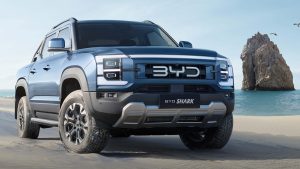
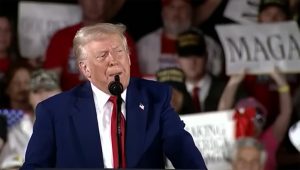
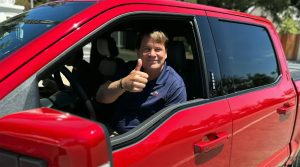
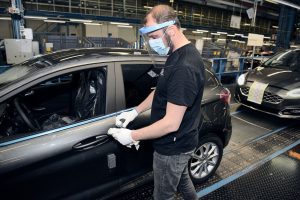
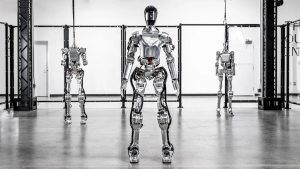
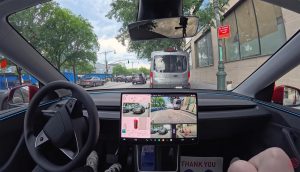

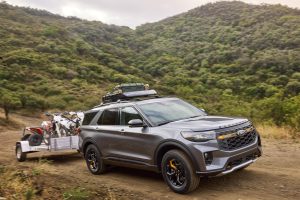
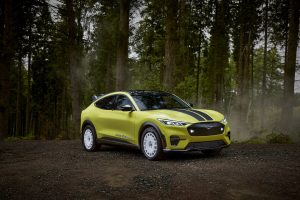
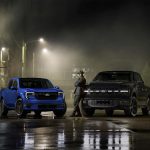
0 Comments